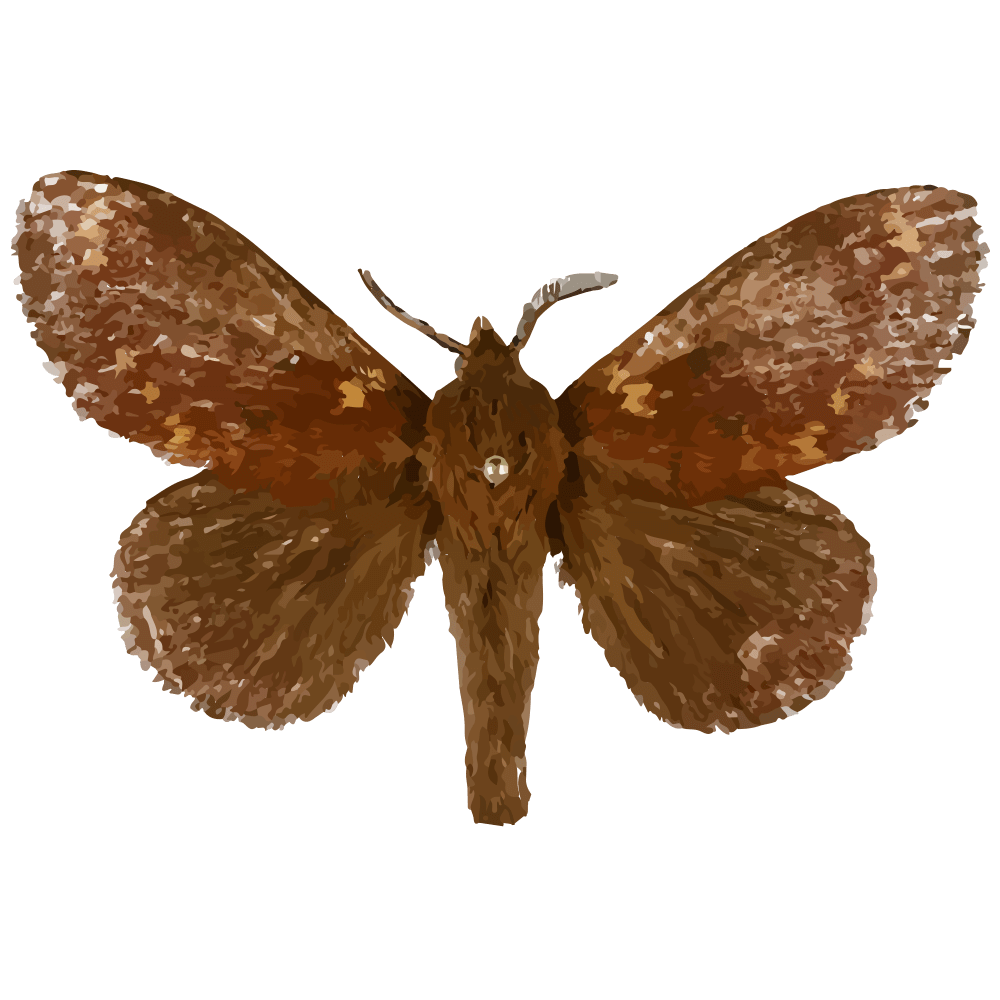


| Latin Name | Dendrolimus kikuchii |
| Common Name | Kikuchi Pine Moth |
| Biology | Adult moths are active at night and lay eggs on the needles of pine trees such as Pinus kesiya. The larvae feed on pine needles, with damage characteristics similar to those of the pine moth (Dendrolimus punctatus), often causing weakened growth in pine trees. They produce one generation per year, overwintering as larvae in bark crevices of pine trees or in ground weeds. |
| Damage | This pest primarily damages Pinus kesiya and Pinus yunnanensis, among others. |
| Distribution Regions | Japan |
| Monitoring | Pheromone lures mimic natural sex pheromones to attract male insects into specialized traps for population monitoring and suppression. As a core IPM component, monitoring enables early risk detection and targeted control. Mass trapping reduces mating opportunities to curb offspring populations. Protocols: ●Use only with matched traps. ●15-45 traps/hectare,replace/replenish every 4-6 weeks. ●Wear gloves or wash hands with detergent when switching lure types. ●Refer to trap-specific hanging instructions. |
| Recommended Traps | Delta Trap, Wing Trap |

Share your contact information to receive precision-matched pheromone solutions. Should our existing portfolio lack an optimal fit, our synthetic chemistry team will initiate custom development—from molecular structure design to scaled production.